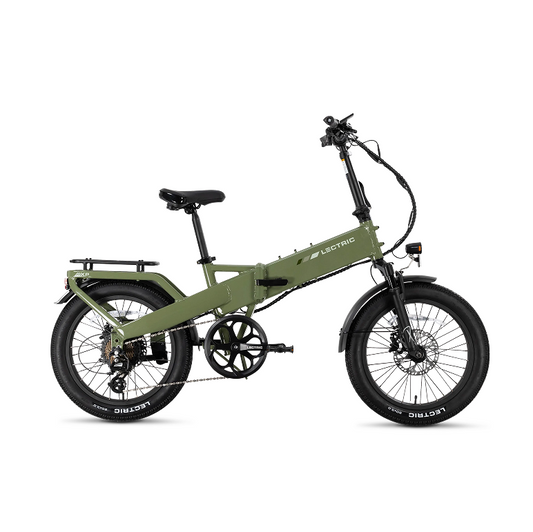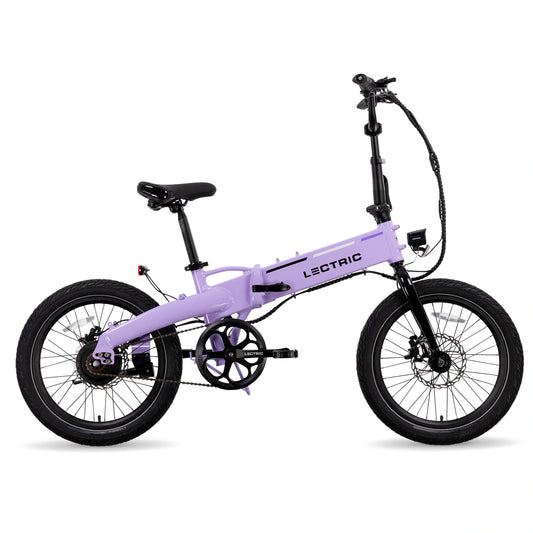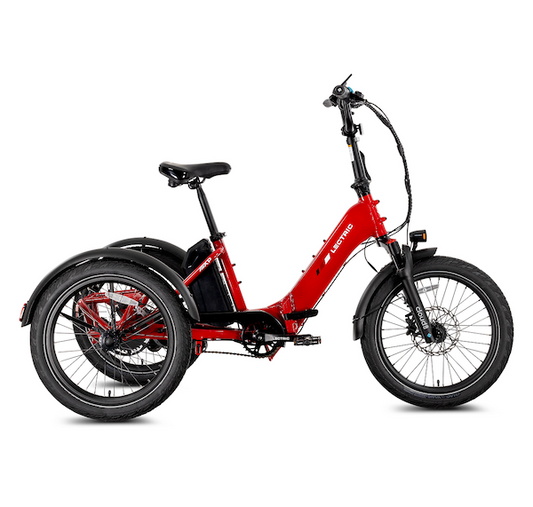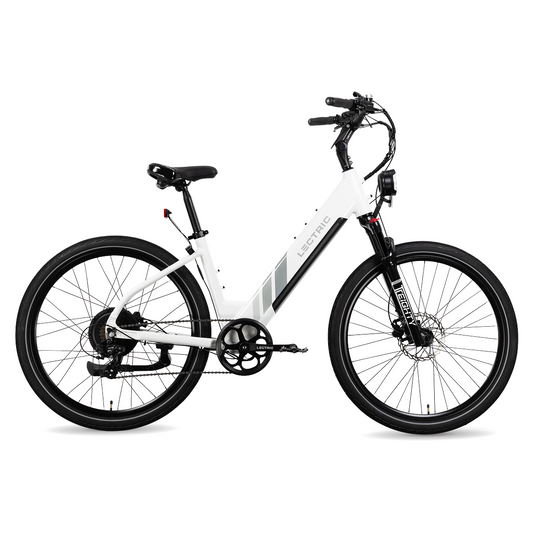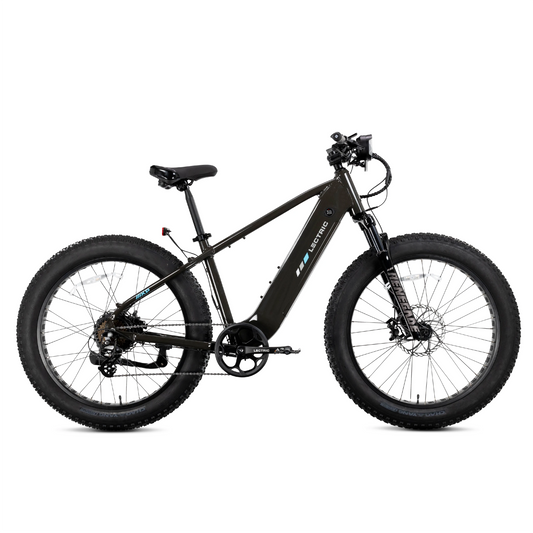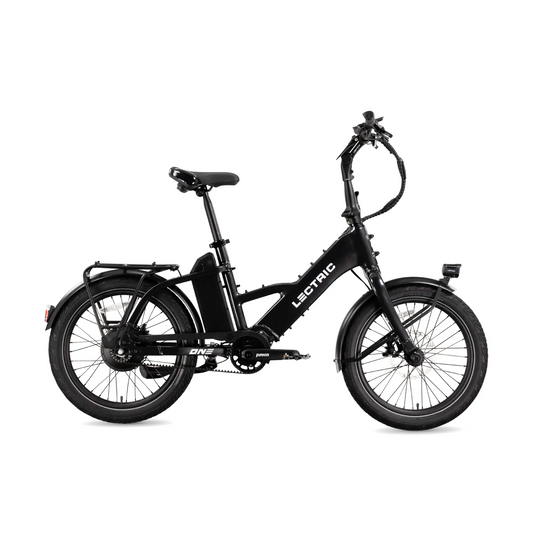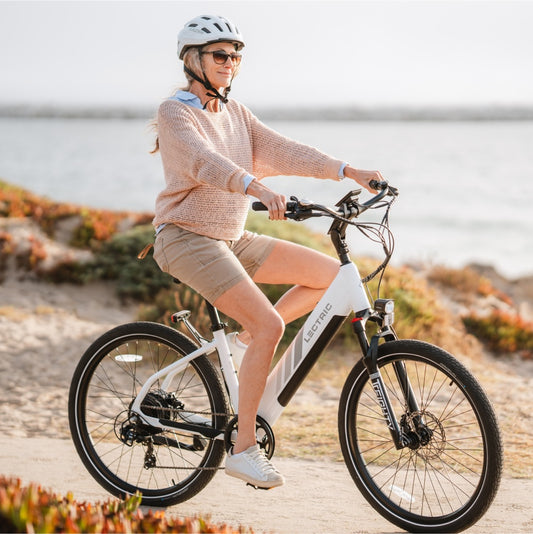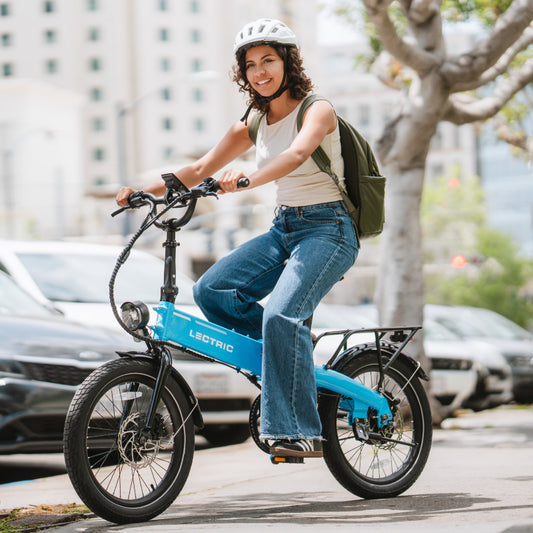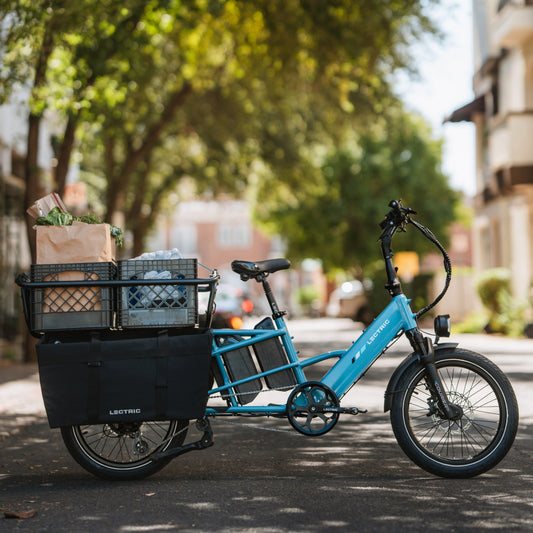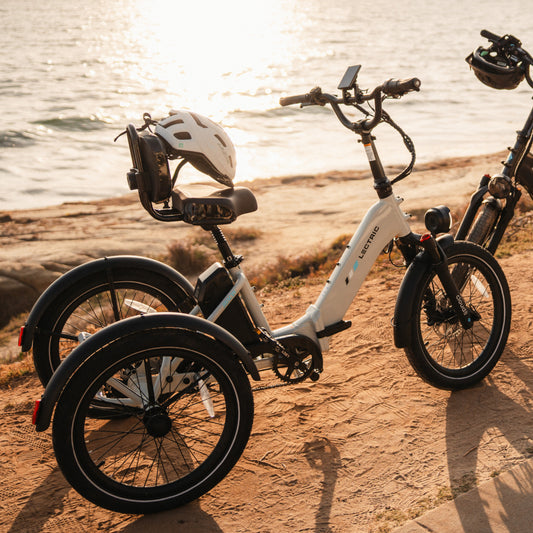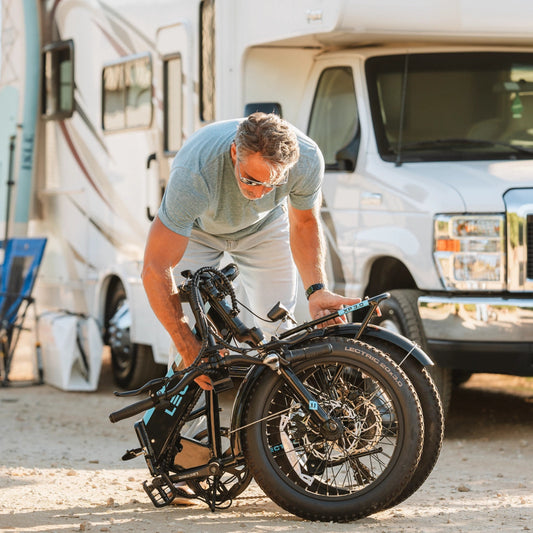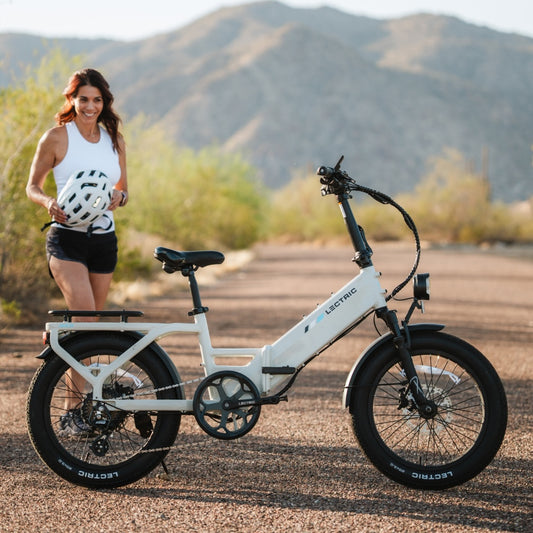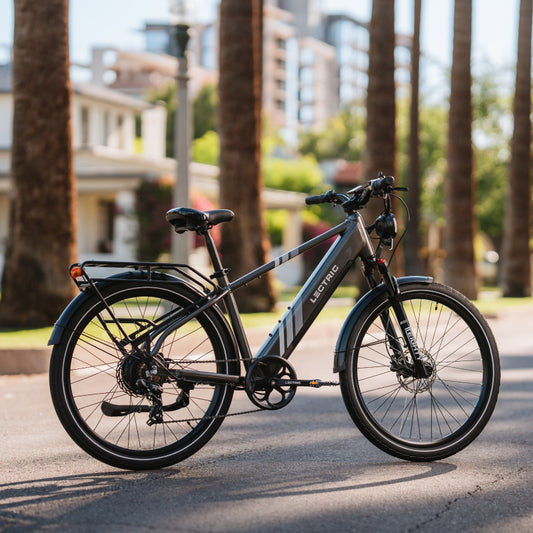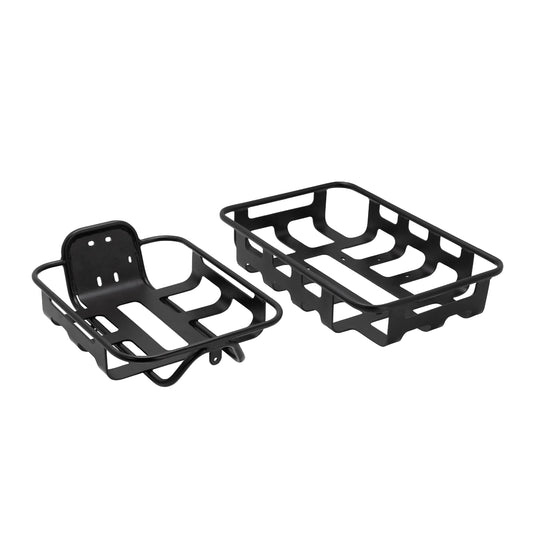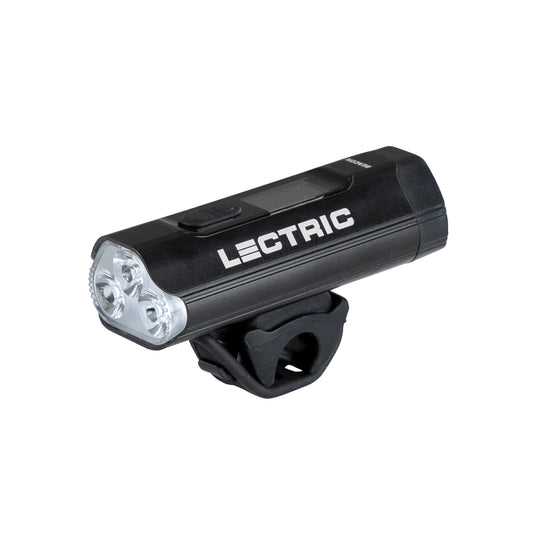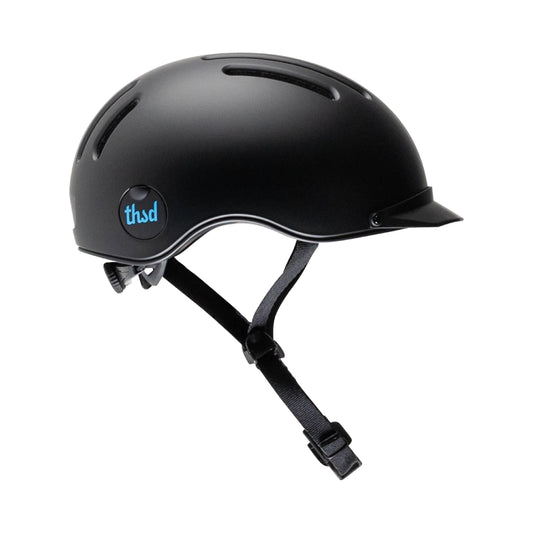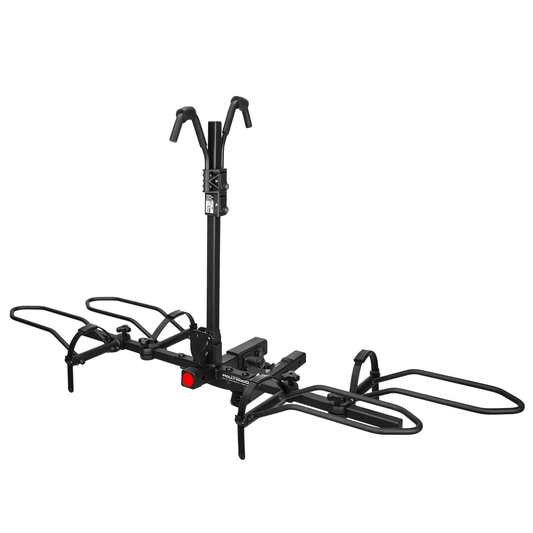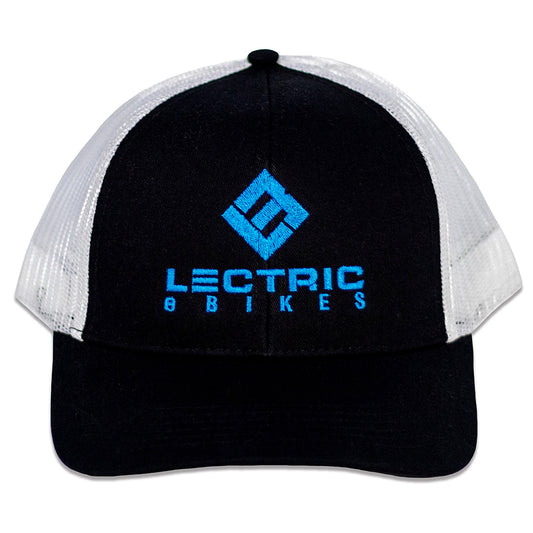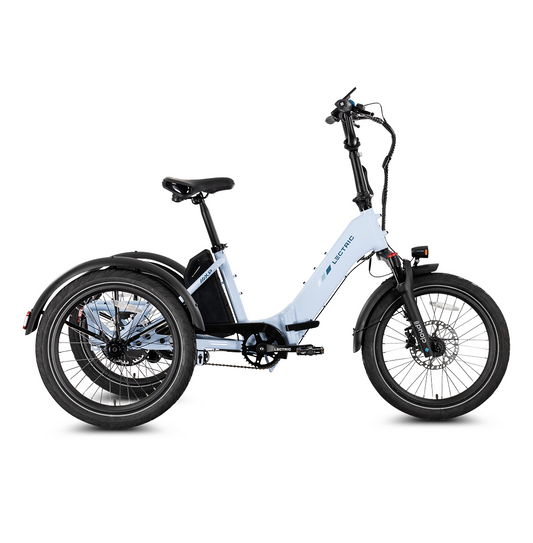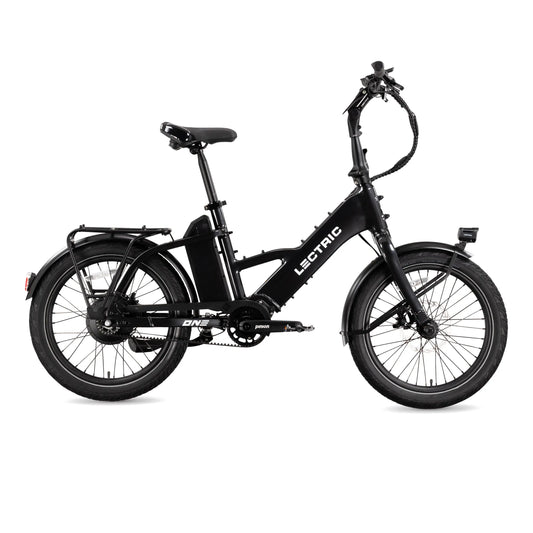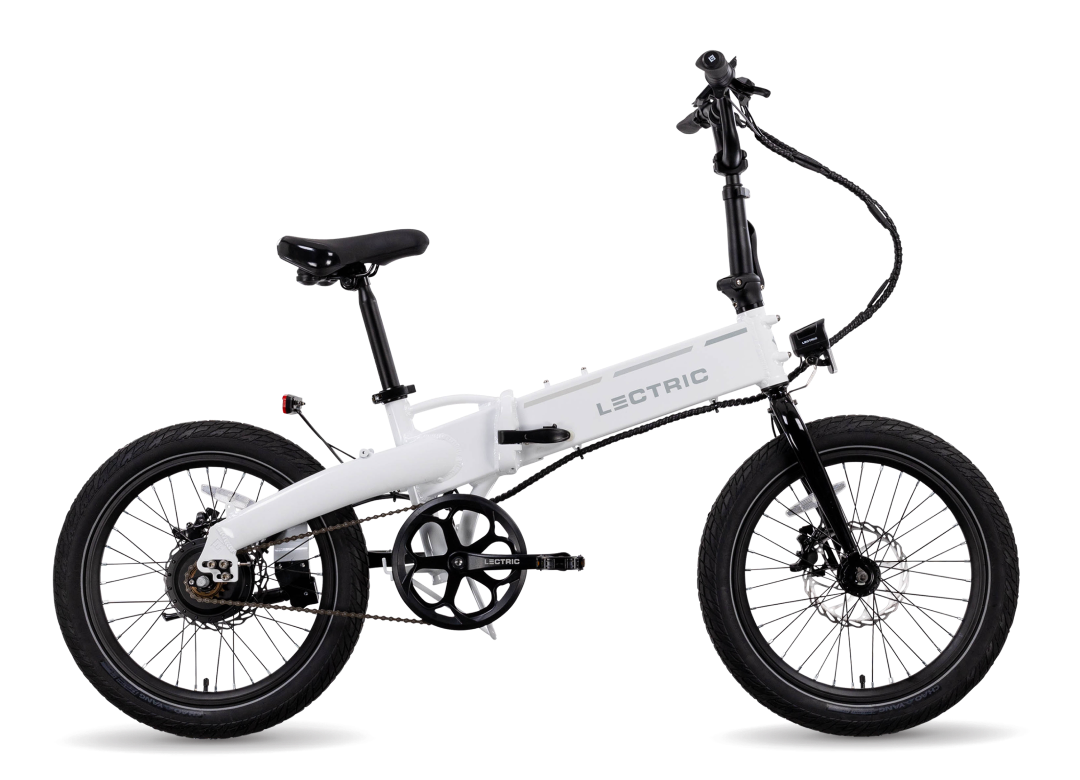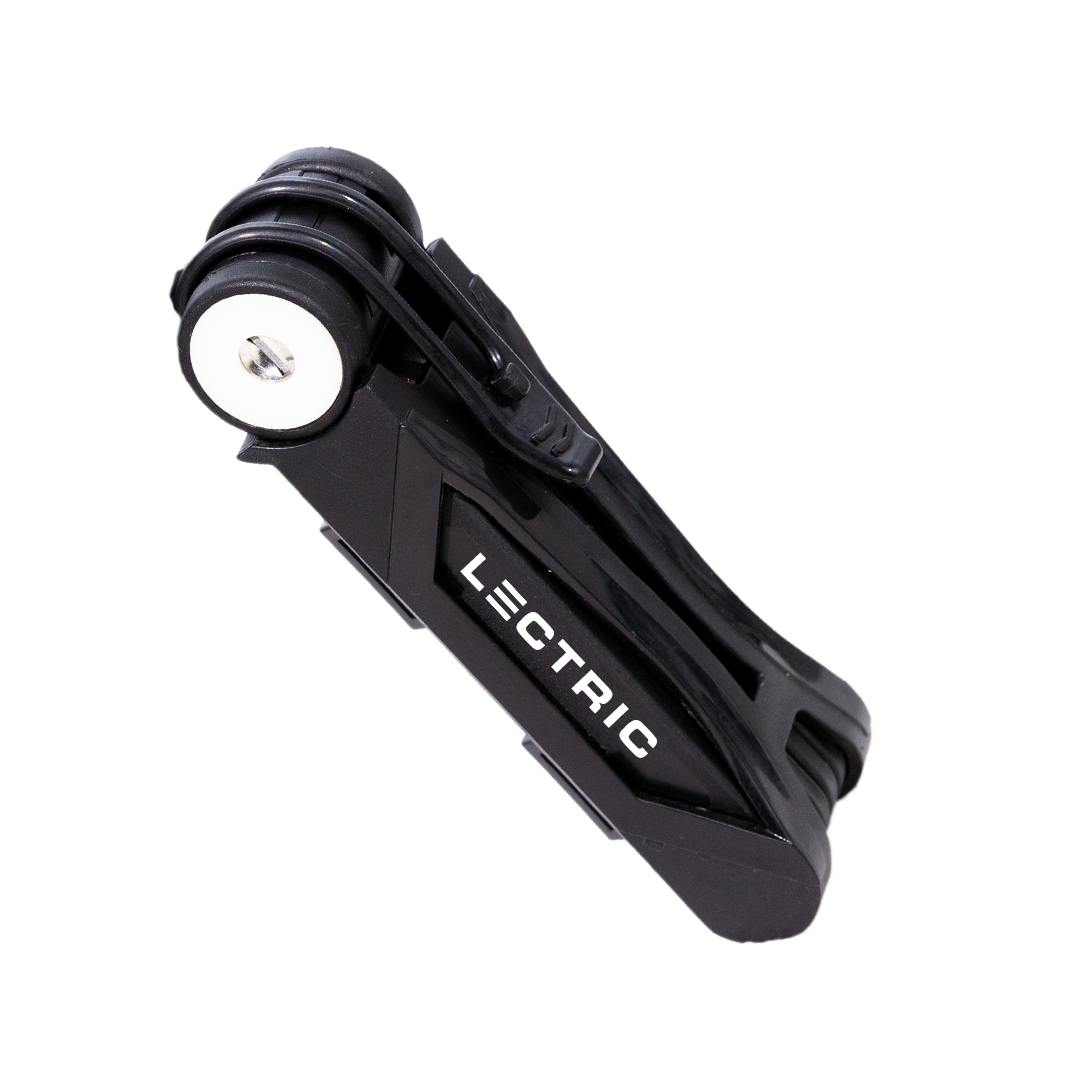eBike vs. eScooter: Which Is Better for Your Commute?
Deciding between an eBike and an electric scooter for your daily commute can be challenging. Both options offer eco-friendly, efficient ways to get around, but they each have unique strengths that cater to different needs. In this guide, we'll break down the key differences and help you choose the best option for your lifestyle.
Comfort and Riding Experience
When it comes to comfort, electric bikes take the lead. With an ergonomic, seating position, bikes allow for a more relaxed ride, especially on longer trips. With larger wheels and suspension eBikes also absorb bumps better, providing a smoother experience on rough city streets compared to scooters.
As John A., a recent eBike convert, shares his experience with the XP Lite:
"I upgraded from having a scooter and don’t regret it at all. It’s smooth, lightweight, and fun to ride. Even on bumps it rides nice."
- eBikes have comfortable seating: Ideal for longer commutes without discomfort.
- Smooth riding: Larger wheels handle various terrains with ease.
On the other hand, scooters are best suited for shorter trips. Standing while riding can become uncomfortable over time, and their smaller wheels make rough surfaces more noticeable.
- Scooters are great for short trips: Best for quick, urban commutes on well-paved roads.
- Offer less comfort: Standing position can lead to fatigue on longer rides.
Speed and Range
For those with longer commutes, bikes offer better speed and range. Our line of class-3 eBikes reach speeds up to 28 mph and cover 45+ miles on a single charge, making them more suitable for extended commutes.
- eBikes offer faster travel: Class-3 eBikes like the XP 3.0 Series, can comfortably ride at a speeds of 28 mph.
- Impressive range: Traveling further on a single charge, Lectric eBikes have a range of 45+ miles.
Scooters, while convenient for short distances, typically max out at 15-20 mph with a range of 15-30 miles, which may not be sufficient for longer commutes.
- Electric scooters have moderate speed: Best for urban environments with well-paved infrastructure.
- limited range: More suited for shorter distances or last-mile transport.
Versatility and Terrain Handling
When it comes to handling different terrains and weather conditions, eBikes are more versatile. They can easily navigate various surfaces, from pavement to light trails, and are better equipped to handle wet or slippery roads and uncertain rougher road conditions.
Ross B., who made the switch to an eBike, highlights this versatility:
"I have been using an e-scooter to accompany my wife on rides, but now we can take our XP 3.0s together on road trips and around the neighborhood."
- eBikes handle diverse terrains: Suitable for city streets, dirt trails and varied surfaces.
- All-weather performance: Lectric bikes boast an IP rating of 65, meaning they perform well in rain and electrical components are protected from dust intrusion.
Electric scooters are designed primarily for smooth, paved roads and aren’t suited for rough terrain and wet conditions. Because of the small wheel size, and smooth rolling tire tread, most scooters struggle in varying commute environments.
- Electric scooters are urban-ready: Best on flat, smooth surfaces.
- Weather limitations: Less stable in adverse weather conditions like rain.
Portability and Storage
If portability is a priority, electric scooters have the edge. Most electric scooters are lightweight, foldable, and easy to carry, making them perfect for those who need to combine commuting with public transportation or have limited storage space.
- Electric scooters are highly portable: Lightweight to carry and easy to store.
- Suitable for mixed commutes: Ideal for use with public transport.
When it comes to portability and storage, Lectric’s folding eBikes aren’t far behind when it comes to convenience. Our smallest bike, the XP Lite 2.0 folds down into a manageable 36''x16''x28'' and has a weight of 49 pounds making it manageable to lift and store indoors. eBikes also benefit from working with existing bike lock infrastructure, whereas electric scooters you would have to bring the lock with you.
Tanner V., who lives in a third-floor apartment, was pleasantly surprised by the portability of his Lectric XP 3.0 eBike:
"At ~65 lbs I wasn't expecting this bike to be something I would be willing to take up and down to my 3rd floor apartment each weekday, but it is more comfortable to carry than my previous 50 lb. scooter!"
- eBikes offer secure lockable: More space required to store but bike racks are widely available.
- Slightly less portable: While Lectric's folding bikes are easy to manage, they are bulkier than electric scooters.
Cost and Maintenance
While the initial upkeep and maintenance cost for eBikes, can be higher, they tend to have lower maintenance costs over time. As Tom’s Gadget Garage points out, “there are bike shops all over the place, but not nearly as many as places that service scooters.” Built for durability, eBikes are a long-term investment that can withstand daily use with minimal upkeep.
- eBikes offer long-term value: Durable and cost-effective over time.
- Lower maintenance needs: With simple, cost-effective upkeep is easy to manage.
While electric scooters are generally cheaper upfront, dedicated repair shops are hard to find. Additionally, when a part breaks on an electric scooter it’s harder to source parts with limited support from manufacturers.
- Electric scooters are cheaper initially: More affordable upfront than eBikes.
- Higher maintenance requirements: Parts are difficult to source and there are fewer dedicated repair shops.
Safety and Visibility
Safety is a crucial consideration for commuters, and eBikes provide better visibility on the road. The higher riding position and larger frame make cyclists more visible to other road users, reducing the risk of accidents.
- eBikes offer better visibility: Higher profile on the road.
- More stable ride: Larger wheels, and a more relaxed steering position offer better stability over electric scooters.
Scooters, with their lower profile and smaller wheels, can be harder for motorists to spot, especially in busy traffic. This can increase the risk of accidents, particularly in urban environments.
- Electric scooters have a lower profile: Harder to spot in traffic.
- Offer less stability: With smaller wheels and a steep steering column, scooters can be less stable than eBikes.
Conclusion: Bike vs. Scooter – Which Should You Choose?
Choosing between a bike and a scooter depends on your commute needs:
- For Comfort and Longer Commutes: Choose a bike, especially an eBike, for a comfortable, versatile ride with better speed and range.
- For Portability and Short Trips: Opt for a scooter if you need a lightweight, portable option for short, urban commutes.
